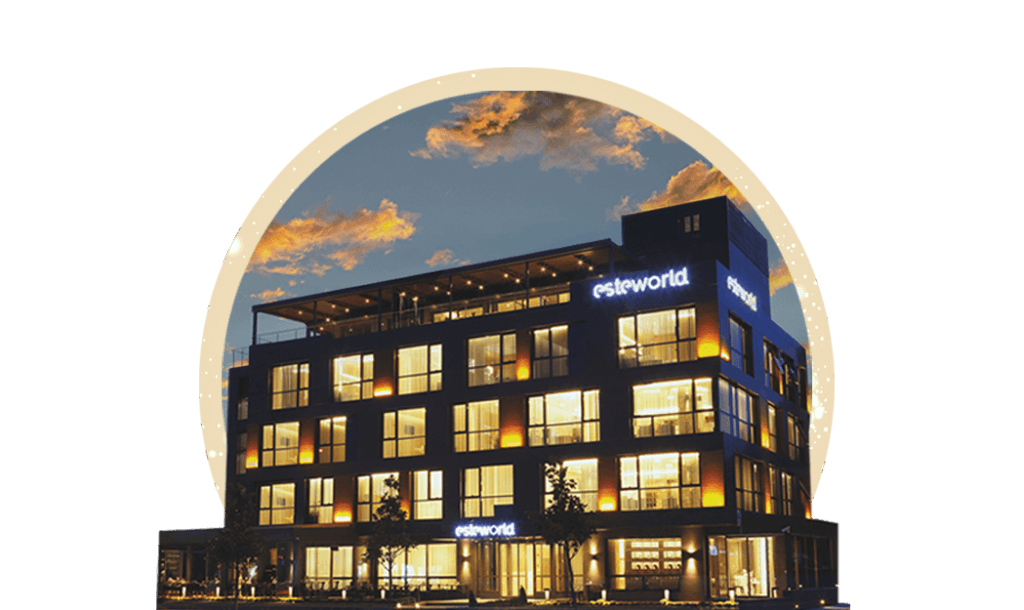In individuals with chronic nasal congestion, turbinate reduction can be performed to increase airflow. In this surgical intervention, the doctor reduces the size of the small, bony structures in the nose, the turbinate, by removing excess tissue. Turbine reduction is usually recommended when non-surgical treatments are not effective.

Turbine reduction is a surgical procedure performed by specialists, and aims to improve airflow in individuals with chronic nasal congestion. This operation is also known as reduction of the nasal meatus and lower turbinate. If the surgery is performed on both sides of the nose, it is called bilateral turbinate reduction.
Turbine reduction removes excess tissue around your turbinate bones, making your breathing more comfortable. The turbinates represent the small structures inside the nose. They clean, warm and moisturize the air that passes through the nasal cavity.
The turbinates can become inflamed and swollen due to irritation, allergies or infection. This inflammation is usually temporary, but in some cases chronic swelling (hypertrophy) can develop.
The overall success rate of turbinate reduction is approximately 82%. Although it is possible for the tissue to grow back over time, many people find the results of turbinate reduction satisfactory.

Turbinate reduction surgery, also known as turbinate resection or turbinoplasty, is a medical procedure to relieve nasal congestion and breathing difficulties caused by enlarged nasal turbinates. Currently, nasal turbinate reduction procedures are performed in three different ways. These methods are as follows:
Located inside the nasal passages, the turbinates help moisturize and filter the inhaled air. Surgery typically involves reducing the size of the turbinates through various methods, such as removing excess tissue or using radiofrequency energy to shrink them. The aim is to improve airflow and reduce nasal congestion. Turbinate reduction is often considered for individuals with conditions such as chronic nasal congestion, nasal obstruction or turbinate hypertrophy. The specific technique may vary and the choice of procedure depends on the patient’s condition and the surgeon’s expertise.
Turbinate reduction is a common surgical procedure that is usually performed alone, but can also be performed in combination with other treatments such as septoplasty (correcting a deviated septum) or rhinoplasty (changing the shape of the nose or correcting breathing problems).

Before undergoing a turbinate reduction surgery, several points should be taken into consideration for a successful outcome. First of all, a comprehensive consultation with a specialist is very important. The specialist will assess the patient’s medical history, perform a physical examination and may order imaging studies to determine the underlying cause of the nasal obstruction. It is very important to discuss expectations and potential risks with the surgeon to ensure the patient has a clear understanding of the procedure. Preoperative instructions will be given, including medications that need to be adjusted or discontinued. Patients should also arrange post-operative care and plan for a period of rest and recovery.

After turbinate reduction surgery, proper postoperative care is essential for a smooth recovery. Patients should follow all postoperative instructions provided by the surgeon, including prescribed medications and activity restrictions. It is common to experience some swelling, congestion and runny nose in the days following the procedure. Using saline nasal sprays and following the recommended hygiene routine can help recovery. Adequate rest and avoidance of strenuous activities is recommended during the initial recovery period. Follow-up appointments with the surgeon are very important to monitor progress and address any concerns. It is important for patients to communicate openly with their healthcare provider about their healing process and adhere to the prescribed treatment plan for optimal results.

Considering a concha reduction in Turkey can be advantageous for several reasons. Turkey has gained a reputation for offering high-quality medical services at competitive prices, making it a popular destination for medical tourism. Renowned medical facilities and skilled healthcare professionals, particularly in the field of otolaryngology, contribute to the appeal of undergoing procedures like concha reduction in the country. Additionally, Turkey’s strategic location as a bridge between Europe and Asia ensures accessibility for international patients. Patients seeking concha reduction can benefit not only from cost-effective treatments but also from the opportunity to explore Turkey’s rich cultural heritage and scenic attractions during their recovery. It’s essential to thoroughly research and choose a reputable medical facility in Turkey to ensure a safe and successful concha reduction procedure.

The cost of concha reduction in Turkey can vary depending on several factors, including the specific medical facility, the expertise of the healthcare professionals, and the extent of the procedure required. On average, concha reduction costs in Turkey are often more affordable compared to many Western countries, making it an attractive option for individuals seeking quality medical care at a lower price point. Patients should consider comprehensive packages that may include the surgery, pre-operative assessments, post-operative care, and any necessary follow-up appointments. It is advisable to obtain detailed quotes from reputable healthcare providers in Turkey and to factor in additional costs such as travel, accommodation, and potential post-operative care requirements.
You can contact Esteworld to get detailed information about 2024 nasal flesh reduction surgery prices in Turkey. Meet Esteworld’s expert plastic surgeons and achieve the permanent results you want.
Turbinate reduction is a surgical procedure to reduce the size of the turbinates in the nose, improving airflow and breathing.
Individuals with chronic nasal congestion, difficulty breathing, or enlarged turbinates caused by allergies or structural issues may benefit.
The procedure involves reducing turbinate size using methods like radiofrequency, laser, or surgical excision, depending on the severity.
Most patients recover within a week, with improvements in nasal breathing noticeable shortly after surgery.
Esteworld’s experienced ENT specialists use advanced techniques to ensure safe and effective turbinate reduction.
.
Istanbul offers expert practitioners and cutting-edge facilities, attracting patients seeking effective solutions for nasal breathing issues.
As Esteworld Health Group, Turkey’s plastic and aesthetic surgery-focused service provider, we have been offering aesthetic services at high medical standards for more than 25 years with the motto ‘Healthy beauty!


